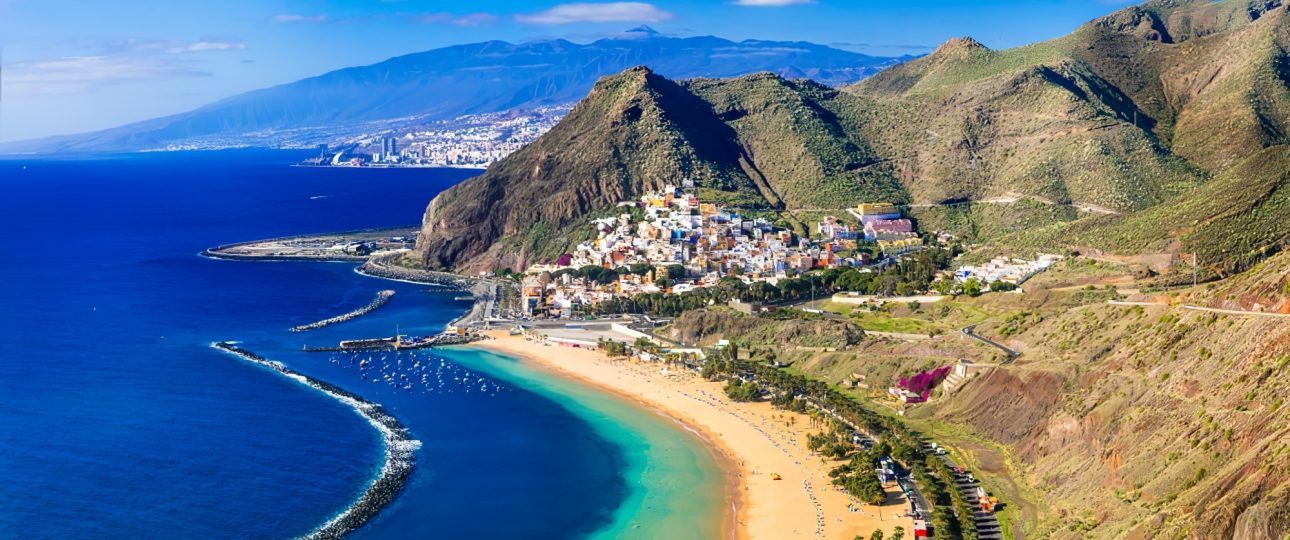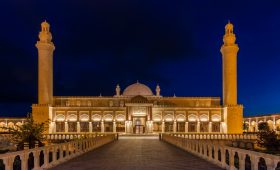Tenerife: A Unique Travel Destination in Spain
Getting There
Traveling to Tenerife is straightforward. The island has two main airports: Tenerife North Airport (TFN) and Tenerife South Airport (TFS). Both are well-connected to major European cities, making it easy to find flights. If you prefer traveling by sea, ferries operate from mainland Spain and other Canary Islands, offering a scenic route and the option to bring your vehicle.
Local Transportation
Once on the island, renting a car is the most flexible way to explore. The roads are well-maintained, and rental agencies are plentiful at the airports and in major towns. If driving isn’t your style, Tenerife’s extensive bus network is a reliable and affordable alternative, connecting major towns and attractions. Taxis are also readily available for more direct travel.
Best Time to Visit
Tenerife enjoys a mild climate year-round, thanks to the Atlantic Ocean’s moderating influence. Summers (June to September) are warm, with temperatures ranging from 77 to 86°F (25 to 30°C), while winters are mild, averaging around 68°F (20°C). The south is generally warmer and drier, ideal for beachgoers, while the north offers a more temperate climate with lush landscapes. The island receives most of its rain from November to February, so plan accordingly.
Unique Attractions
Mount Teide
Mount Teide is a highlight of any trip to Tenerife. As Spain’s tallest peak and the world’s third-highest volcano, it offers breathtaking views. You can take a cable car to near the summit or hike for a more immersive experience. The surrounding Teide National Park is a UNESCO World Heritage Site, attracting millions of visitors annually.
Anaga Rural Park
Anaga Rural Park, located in the island’s north, is a haven for nature lovers. This protected area features lush forests and diverse hiking trails. As you explore, you’ll encounter charming villages and stunning coastal views. It’s a perfect spot for those seeking tranquility and natural beauty.
Masca Village
Masca Village, situated in the Teno Mountains, offers a glimpse into traditional Canarian life. The village is known for its dramatic scenery and narrow streets. Adventurous travelers can hike the Masca Gorge, a challenging trail leading to a secluded beach.
La Laguna
San Cristóbal de La Laguna, a UNESCO World Heritage Site, is a must-visit for history enthusiasts. This colonial town boasts well-preserved architecture, including beautiful churches and elegant mansions. The University of La Laguna, one of Spain’s oldest, adds an intellectual charm to the city.
Summary of Facts
- Tenerife is the largest of the Canary Islands, with a rich cultural history and diverse landscapes.
- The island is accessible by air and ferry, with convenient local transportation options.
- The climate is mild year-round, with warmer, drier conditions in the south.
- Key attractions include Mount Teide, Anaga Rural Park, Masca Village, and La Laguna.
- Tenerife offers a blend of natural beauty, historic sites, and cultural experiences.




